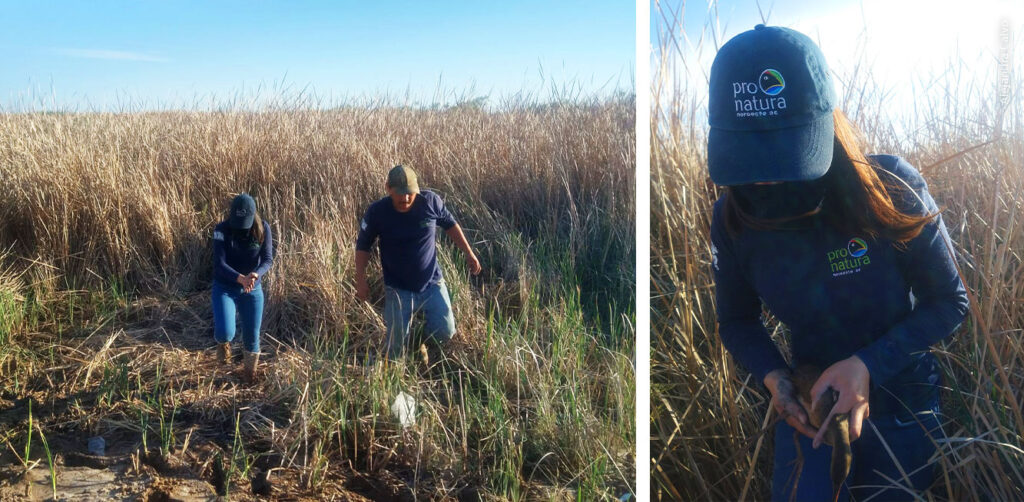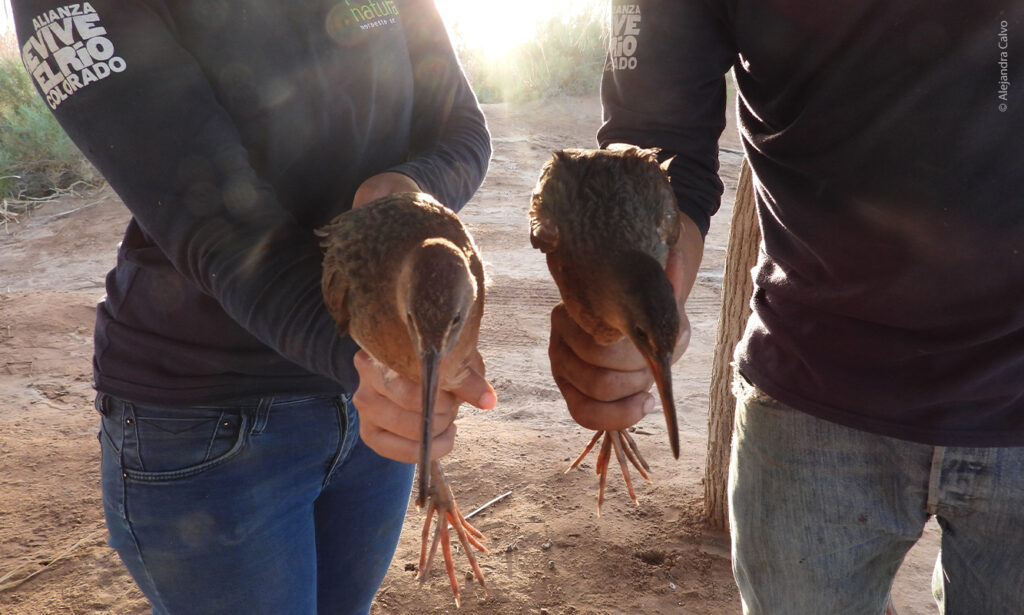Published by Pronatura Noroeste
Tracking animals in the wild is an effective and very useful procedure for environmental conservation, as it allows us to better understand habitat use, migratory movements and important areas for each species.
Pronatura Noroeste monitors wetland marsh birds in our region, including species endemic to the Colorado River Delta in Baja California and Sonora. One of them is the Yuma Clapper Rail (Rallus obsoletus yumanensis), a bird of the family of rails that measures 30 to 40 centimeters and feeds mostly on crustaceans and spends most of its time in the tular vegetation.
Conserving wetlands in the Colorado River Delta is essential for the Yuma Clapper Rail, as the Hardy River and Cienega de Santa Clara are home to an estimated 75% of its global population. This is because these sites provide ideal conditions for the species, including shallow water and emergent vegetation where these birds breed and nest. However, in recent decades our wetlands have been severely affected mainly by the reduction of water flows to the Colorado River Delta.
For all these reasons, it is essential to track the location and movements of the Yuma clapper rail. This April, Pronatura Noroeste's team of experts placed a satellite transmitter on three Yuma clapper rail, located in the Ciénega de Santa Clara. They are a pair and a male that have been named Clarita, Pepe and Willy.

Because they now carry a small transmitter, Clarita, Pepe and Willy will provide valuable information on the habitat where they nest and feed, as well as the time and places where they migrate. This is important, as the Yuma Clapper Rail was long considered a sedentary species, until recent years when it was found that in the fall they travel from the southern U.S. and Colorado River Delta to the wetlands of southern Sonora and Sinaloa to spend the winter.
Pronatura Noroeste has been leading the monitoring of the Yuma Clapper Rail and other birds in the Colorado River Delta for more than 20 years, providing critical information on population changes. This is a binational effort of great importance for this region, as the presence of endemic birds serves to evaluate the condition of the wetlands and the success of environmental restoration efforts.
The successful capture, processing and release of Clarita, Pepe and Willy in the Ciénega de Santa Clara was carried out by Benito Rocha, Alejandra Calvo and Stefanny Villagómez, who are part of Pronatura Noroeste's biological monitoring team in the Colorado River Delta.
We invite you to collaborate in the conservation of the birds that inhabit the Colorado River Delta.
Source: Pronatura Noroeste


